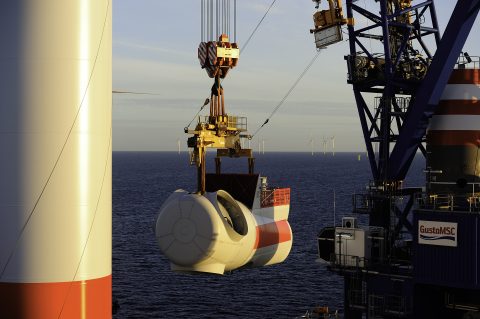
By Jonathan Winch
The supplier landscape in offshore wind has always been in a state of constant change. Over one and a half decades, it has developed enormously in capabilities and capacity. New players have flowed into the market, specialising in aspects such as surveying, cable laying, foundation installation or component transport – and a few have achieved significant size, or been acquired by larger companies in adjacent businesses.
Today, the most well-established players, of which A2SEA is one, have amassed lengthy track records and rich experience of many different aspects of the industry. It is now time to rethink and renew those established business models to handle the challenges of the next stage of offshore wind construction.
You can’t stop progress
The evolution of the offshore wind industry is relentless. From around 2010 onward, a new type of supplier began to emerge: The large-scale, broad-offering provider, able to perform multiple tasks at various stages of the offshore wind development cycle. And, just a few years later, major offshore wind developers began bringing key operations such as O&M in-house, establishing their own internal supply capabilities to replace or supplement external sources.
Today, the industry is still reeling from the effects of significant uncertainties during 2014 and 2015. Many companies have survived, albeit with reduced or negative return on investment, some companies have exited and others have been acquired below their rightful investment value. The future appears brighter, but the market landscape is still changing – this time with a widening global perspective.
Re-energizing core business
With more geographies adopting offshore wind as a sustainable energy source for the future, the offshore wind market has become home to hundreds of new entrants in every field. For established European suppliers to the industry, this brings both opportunities and threats. With more competitors able to address high-growth markets, such as China and France, some of these established companies, and A2SEA is among them, are moving to shed ancillary activities, at least for the time being, to strengthen the core business. The aim is to maintain and build upon essential skillsets, providing such companies with even deeper, more defensible capabilities, and greater flexibility to adapt to an increasingly fast-changing market.
As the company that has installed the largest share of offshore wind turbines in the world, A2SEA has recently moved to strengthen its position by divesting peripheral business areas such as cabling or crew transport, and focusing its capabilities for the near future primarily on the installation of turbines.
A2SEA’s CEO, Jens Frederik Hansen, explains his company’s position: “The market has reached a point where it is able to support large, sophisticated specialist companies with very deep know-how. For now, it makes sense for us to concentrate on turbine installation, where we have a solid and fast-growing pipeline of projects and a reputation as the preferred supplier. And that growth is clear evidence that we are on the right track.”
Jens Frederik Hansen points to the fact that competing in a global arena requires constant innovation and renewal. By spotlighting turbine installation, A2SEA is able to focus its efforts on innovating and fine-tuning its offering to handle this crucial piece of the offshore wind business in multiple geographies.
Greater cost-efficiencies
In the medium- to long-term, such a degree of specialisation will likely result in cost-savings, not just for the suppliers themselves, but for the industry as a whole. And due to their size, track records and depth of expertise, experienced specialists are able to offer new business models – taking on more responsibility for outcomes in their area, perhaps, or setting up innovative deals that help the client to balance the risks of large projects.
“Naturally, focusing resources on a specific area for a time means we are able to explore every opportunity to become better at what we do,” says Jens Frederik Hansen. “And that will undoubtedly bring new best practices to the table. At the same time, however, companies like our own must ensure that specialisation of this nature doesn’t lead to silos, but instead creates pockets of excellence that are empowered to share knowledge with the other parts of the value chain.”
One way in which A2SEA plans to facilitate such knowledge-sharing is through Offshore Wind Installer, the blog you are now reading, which will bring a steady stream of updates to the world of turbine installation.
Like this post? Subscribe now and get notified about new content!